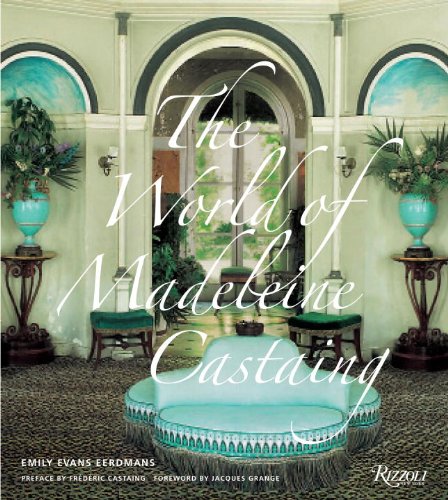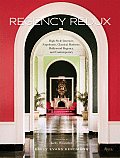This Monday marked the highly anticipated unveiling of the newly renovated and reordered period rooms at the Metropolitan Museum’s American Wing. Originally opened on November 11, 1924, the rooms showcase twenty original period spaces complete with moldings, mantles, and furniture. These rooms display some of the most superb examples of American cabinetmaking and joinery in the world.
While many in the antiques and decorating field are indeed taking note of this historic re-opening, today it is hard to fully comprehend the great impact of the Wing in 1924. At the time, English and French styles reigned supreme, and few thought to furnish their homes with Americana. However, it did not take long for Americans to embrace what they found at the Metropolitan’s new addition. In an age of isolationism and unprecedented prosperity the country was hungry for a national style and in the period rooms found national icons.
By 1929, the majority of American homes had embraced the American colonial style, with Federal-inspired dining rooms, Queen Anne bedroom suites, or Pilgrim-style breakfast tables. Design schools sent students to sketch rooms, furniture manufacturers sent designers to glean new inspiration, and housewives flooded the Wing to learn to create the perfect Puritan living room. The founder of the American Wing and President of the Museum, Robert de Forest, aptly noted the Wing had become an “aesthetic shrine”.
It was the opening of these American period rooms at the Metropolitan which established the American Colonial as the most popular and enduring style of interiors in the United States, as it remains to this day.
Within months of the 1924 opening, references to the rooms peppered design magazines and the popular press. Leading furniture manufacturers such as Danersk drew flattering comparisons between their products and the fine pieces at the American Wing, while others blatantly produced direct copies. Prominent decorators Nancy McClelland and Ethel Davis Seal penned books about the new Wing and its newly popular style.Trade journal editors extolled the greatness of the Wing, and published decorating projects heavily influenced by the Wing.
Even the once vastly popular Renaissance displays at the Metropolitan were dismissed, with one journalist noting his annoyance at having to pass the “tawdry…pomposity” of “Italian gimcracks which J P Morgan assembled” in order to reach the “coolness and serenity of the [American Wing], a somehow real thing, so truly brave of spirit, so truly actual of concept, so truly beautiful of form.”
While the American Wing is still one of the most popular at the Metropolitan, visitors will likely never experience the same awe and inspiration as those of the 1920s. As a staunch Americana-lover and interior designer, I can only hope the re-opening of the Wing creates some of the same enthusiasm in the field today. Any designer who looks to original Phyfe pier tables or Revere silver will only gain respect and reverence for our early cabinetmakers and designers, and may learn a thing or two about proportion, form, and design perfection.
To read more about the re-opening of the American Wing, click here.
Pirl Cook is the principal of Christa Pirl Interiors, http://www.christapirlinteriors.com/ and is a recent graduate of the American Fine and Decorative Arts Masters program at Sotheby's Institute.












4 comments:
Welcome home, and don't you look chic in your red gloves. (Good call, PvE!)
Why thank you, Magnaverde! They make me long for the days when gloves were mandatory... although for Karl Lagerfeld, they still are, so I guess I shouldn't let that hold me back!
Can't wait to get up to NY ~ I have missed the American Wing!
Regency Redux is my NEW love! I bought it last month and am just awed by the photos and all the great reading!
I am so happy to have found this blog! I will follow!
I look forward to checking this exhibit!
Post a Comment